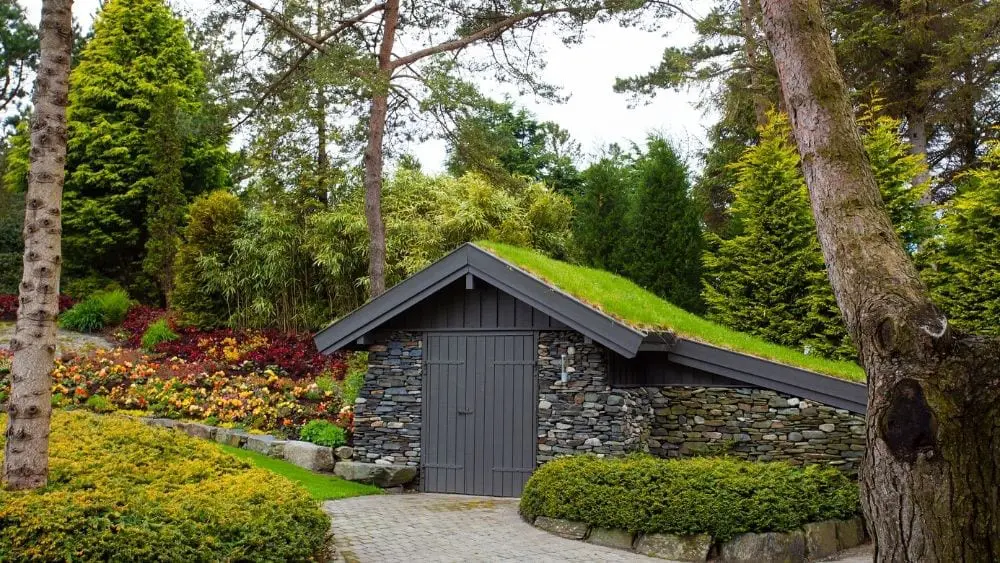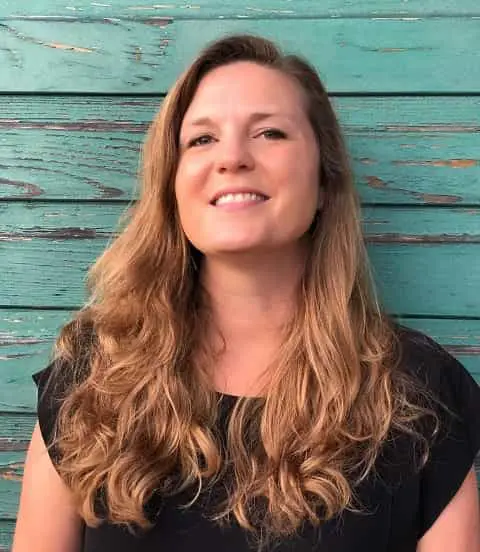
Green roofs, or living roofs, are sprouting up on office buildings and homes in urban and suburban areas.
Besides looking great, green roofs have several benefits for your home and the environment: they capture and absorb rainwater, provide insulation, improve air quality, keep the building cool, and may even increase the property’s value. A living roof also serves as a pleasant and relaxing green space, no matter where you live.
What is a Green Roof?
Generally speaking, green roofs are partially or completely covered with vegetation and a growing medium such as soil, mulch or sand. They are planted on top of a waterproofing membrane and may also include drainage and irrigation systems.
Rooftop greenspaces are versatile and can be built on a new home or retrofitted. Green roof types vary based on the depth of the growing medium, the type of plants, weight, function and the number of modifications to the roof.
Green Roof Styles
When it comes to beautifying your home with a green roof, there are three main styles that you should be aware of. These include the following:
Extensive Green Roof
Extensive green roofs prioritize environmental solutions over human access. They are good for large areas where you need a lightweight, low maintenance installation. An extensive green roof works on either a sloped or flat roof.
Perhaps the biggest benefit of the extensive style is that they are easy to install and take care of. The soil beds are relatively thin and lightweight, at around 3 – 6 inches. The plants of choice tend to be sedums, desert grasses, succulents and other low-maintenance ground-cover plants.
After one year, extensive green roofs no longer require watering. However, you will need to weed the space on an annual basis.
Intensive Green Roof
Your intensive living roof can be a gathering spot as well as a green space. Think of it as a park or garden on top of a roof. Intensive green roofs are heaviest and require the most maintenance, but they are also more diverse, thicker, and allow for human activity within the space.
Intensive green roofs commonly include grasses, ground covers, flowers, shrubs and even trees or vegetables. Just like a ground-level garden, your intensive green roof will need to be maintained year-round through watering or irrigation.
The fun part about this style is incorporating walkways, benches, planter boxes, or other features made for people to enjoy. Thanks to these additions, plus deeper (8-12 inch) soil beds, intensive green roofs need to be installed on a much stronger structure.
Hybrid Green Roof
Also known as semi-intensive, hybrid green roofs combine elements of intensive and extensive styles. They can host a wide variety of plant life and let you reap the environmental benefits of a green roof, while keeping maintenance and costs manageable.
Hybrid green roofs work well in public or institutional spaces as well as your home. Create a safe outdoor play space, a picnic area, or just a show of urban agriculture.
Considerations for Green Roof Installation
As with any major addition to your home, there are some important considerations when planning a living roof.
Cassy Aoyagi, a board member of the U.S. Green Building Council’s thought leading LA Chapter (USGBC-LA) and president of FormLA Landscaping, stresses the importance of planning around structural needs as well as considering your climate.
It’s critical to make sure the building can handle the specific type of green roof desired. “This includes planning for supplemental irrigation, if needed, and re-use of drainage,” says Aoyagi.
Green roof engineering needs can vary widely depending on where you live. Aoyagi reminds us that in dry climates like Los Angeles, it’s important to do a cost/benefit analysis when it comes to the cooling effects vs. supplemental water use. Conversely, builders in places with abundant natural rainfall will need to plan for how to address drainage and water reuse issues.

Rebecca Rosenberg is a freelance copywriter, digital media strategist and world traveler. After working in marketing for some of Austin’s most beloved brands, Rebecca started her own business and left Texas behind to travel the world. You can find her currently bumming around Europe. Often flying solo, she has visited over 35 countries and lived abroad in four. In addition to being a digital nomad, Rebecca is an avid hiker, design enthusiast and certified plant nerd. She speaks English, Spanish, German and Korean.
 Builders Give Back: Level Homes Helps Nonprofit Give Wounded Veteran Free Home
Builders Give Back: Level Homes Helps Nonprofit Give Wounded Veteran Free Home